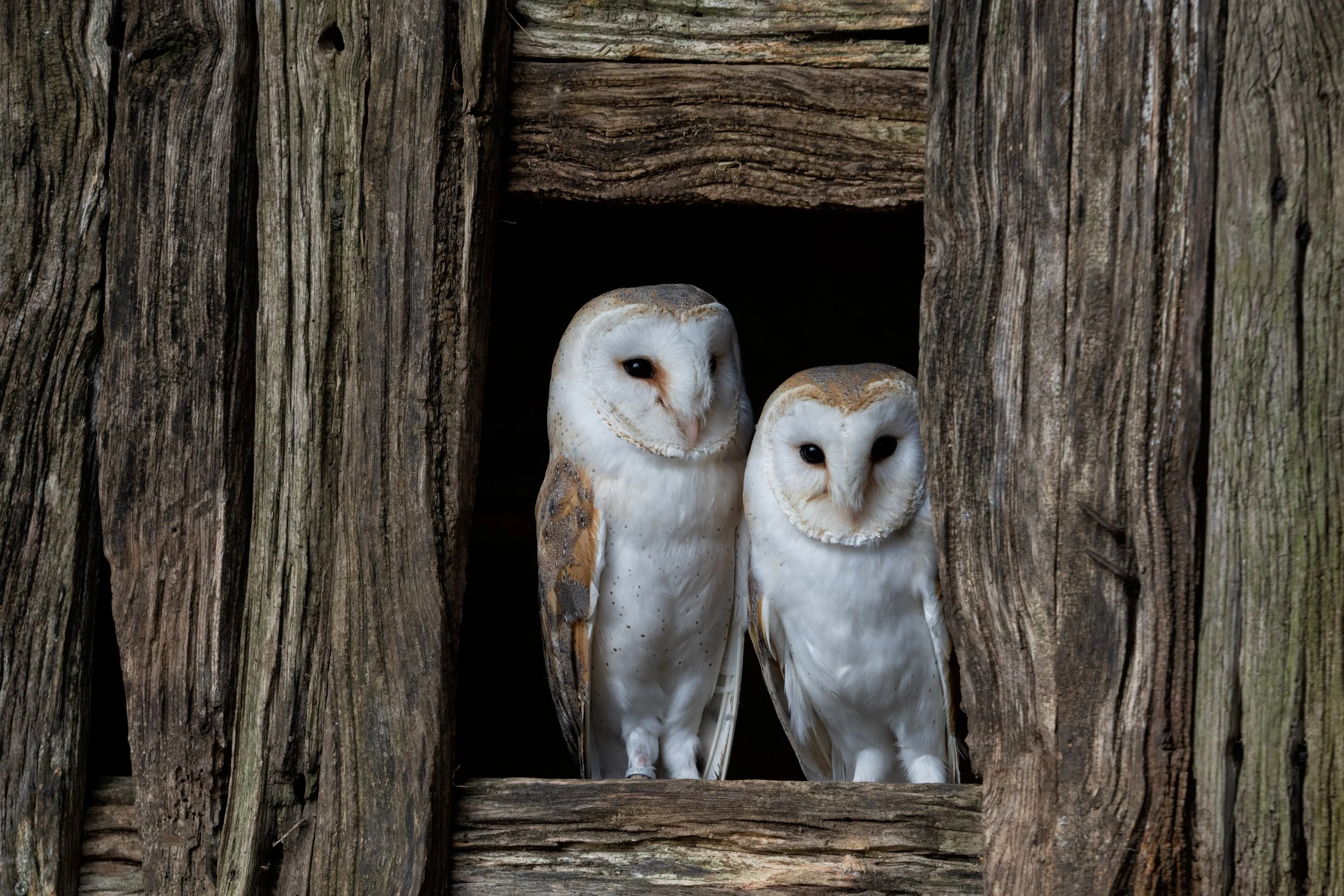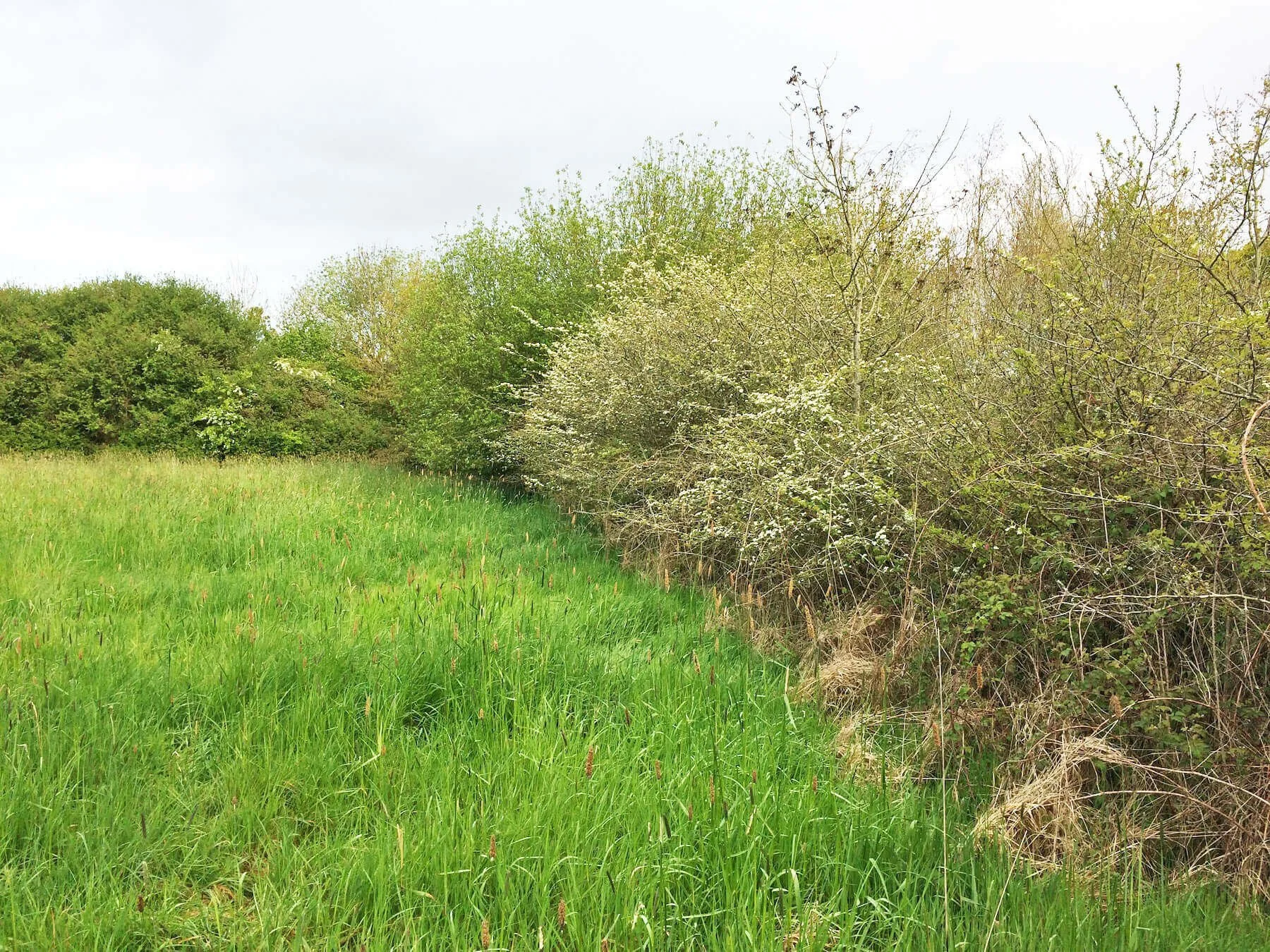
Barn Owl Surveys
Barn Owls & the Law
Barn Owls are a bird of prey found throughout most of the UK. They are generally in their underside, with golden/tan/grey feathers on top. They have a white heart shaped face with dark eyes. Barn Owl populations are at threat from decreasing habitat, changes in agricultural practices and reduction in their prey species.
There is no separate protection under UK law for Barn Owls. Rather they are protected by the same laws as all other bird species under the Wildlife and Countryside Act 1981. It is an offence to intentionally kill, injure take any bird, or to disturb, damage or destroy any active nest of eggs. However, there are no laws protecting Barn Owls outside of their nesting season. For Barn Owls, nesting protection ends when all the young owls become independent (typically at 11-14 weeks), which is later than the age at which they fledge (at 8-10 weeks old).
Typical habitat
Barn Owls can be found throughout most of the UK. Barn Owl habitat is closely linked to their prey species. The most ideal habitat for Barn Owls is rough grassland with tussocky native grass species and a deep litter layer. This habitat is best for Field Voles, Common Shrews and Wood Mice, which constitute the majority of their prey.
In addition to hunting habitat, Barn Owls require roosting and nesting habitat. Most often this is in rural buildings and tree hollows. However, the number of suitable rural buildings is decreasing, with most being converted or too degraded. Nowadays, nest boxes constitute the majority of nest sites.
Barn Owl surveys
Most Barn Owl nests or roosts can be found during a detailed search of the premise for signs of pellets, feathers, nest debris or faeces.
This search can be undertaken as part of a Phase I survey, or separately at any time of the year. However, nesting surveys (to determine if it is an active nest) can only be undertaken during the nesting season, considered to be March to June. Wintering surveys can also be undertaken during November to February.
If it is unknown if a nest is currently active, trail cameras may also occasionally be used. However, their use is restricted due to possible disturbance to the owls.

Our experience with Barn Owls
We can provide a team to deliver reliable survey information carried out to the highest standards. We have a number of experienced surveyors who have gained considerable expertise in identifying Barn Owl signs and pellets and implementing a scheme of mitigation if required.





